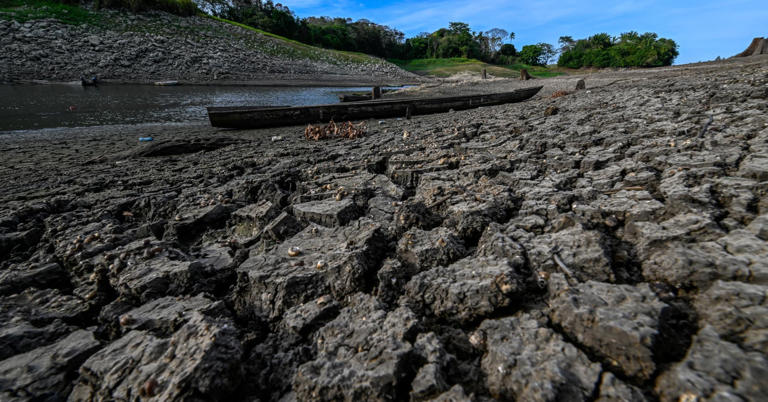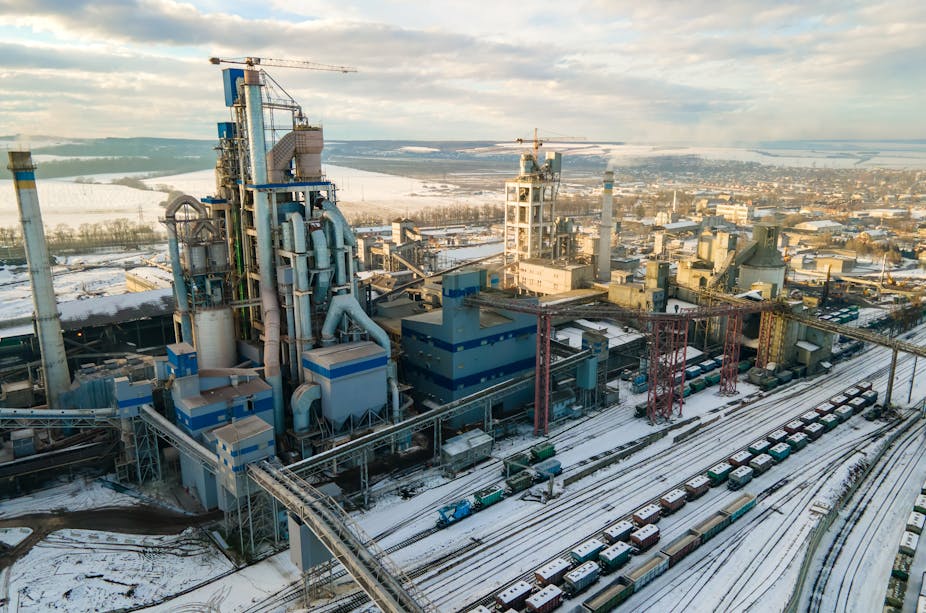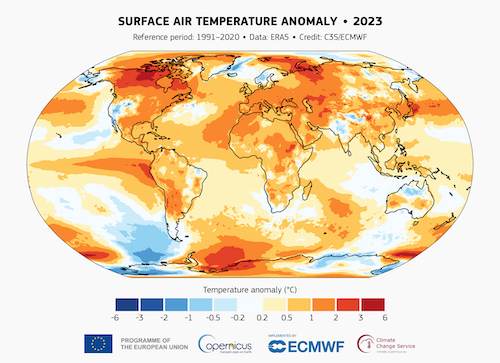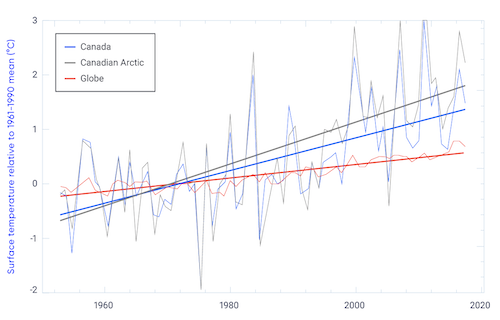ALBERTA
First Nations, Métis settlements join forces for deal backed by Indigenous Opportunities Corporation
PETRO POLITRICKS
The Alberta Indigenous Opportunities Corporation (AIOC) has expanded its reach into northern Alberta with oil and gas infrastructure assets.
The newly-formed Wapiscanis Waseskwan Nipiy (WWN) Limited Partnership comprises nine First Nations and three Métis settlements that are participating for the first time in a transaction backed by AIOC.
The $150 million loan guarantee, which is AIOC’s second largest commitment in its seven deals to date, was announced Dec. 13. It will allow WWN to acquire an 85 per cent non-operated working interest in Clearwater Infrastructure Limited Partnership for a purchase price of $146.2 million.
Clearwater is a partnership between WWN and Tamarack Valley Energy Ltd. Tamarack owns an interest in midstream assets, such as strategic oil batteries, gas process facilities and key in-field pipelines located in Nipisi, West Marten Hills, Marten Hills and Perryvale in Alberta.
According to law firm MLT Aitkens, which is representing WWN, this is the first time an AIOC transaction has been with an exploration and production company and the first time an AIOC transaction has been involved in the acquisition of a majority interest in infrastructure assets.
Tamarack says it will transfer $172 million of “certain Clearwater midstream assets” to the Clearwater partnership. Under the terms of the agreements, Tamarack has made a 16-year take-or-pay (TOP) commitment for average volumes of 29,000 barrels of oil per day. TOP is a provision in a purchase contract that guarantees the seller a minimum portion of the agreed-on payment if the buyer does not follow through with buying the full amount.
The nine First Nations to form the partnership are Driftpile Cree, Peerless Trout, Kapawe’no, Sawridge, Sucker Creek, Swan River, Whitefish Lake 459, Loon River and Duncan’s, along with the Métis settlements of East Prairie, Peavine and Gift Lake.
Sucker Creek and Duncan’s First Nations were also included in a second AIOC deal announced in December. They joined with Sturgeon Lake and Horse Lake First Nations and Aseniwuch Winewak Nation of Canada to form the Niyanin Nations LP.
Niyanin Nations received a loan guarantee of about $20.5 million to partner as investors with NuVista Energy Ltd. in a 15-megawatt cogeneration unit at the Wembley Gas Plant in the County of Grande Prairie. The Niyanin and NuVista partnership will own a majority interest in the cogeneration project, which will generate electricity and useable heat.
Chana Martineau, CEO for AIOC, would not disclose the projected revenues for either deal, saying only that the “revenue needs to be meaningful for the communities.”
She also would not disclose whether the two new partnerships had the Indigenous nations sharing equally in the revenue.
With AIOC providing more than $680 million in loan guarantees directly impacting 42 Indigenous groups, Martineau says projected revenues for total projects are “north of $30 million” annually. However, she cautioned that there were a number of factors that go into projections.
“I’m thrilled for these new nations to join the AIOC family of supported communities. These ones (were) very special to me, especially after the wildfires in the spring in this region. To be able to support two deals in this sector is very, very important,” said Martineau.
Many of the communities that are part of the two deals declared local states of emergency during the spring wildfires and were impacted by evacuations, loss of homes and structures, and electricity.
That AIOC announced two loan guarantee deals within days of each other in December was coincidental, says Martineau, as negotiations can take anywhere from six months to a full year.
“We’ve got more deals in the funnel,” she added, but wouldn’t disclose how many deals or in what sectors. “These are similar to mergers and acquisitions type transactions (and) sometimes they fall apart at the last minute.”
Martineau, who joined the board in November 2021 before becoming CEO in July 2022, wouldn’t say how many potential deals have fallen apart, only that AIOC has been “pretty fortunate” to have committed partners on both sides of the table.
What helps the process, she adds, is that AIOC is involved from the beginning and able to “give our views about the credit worthiness of the transaction.”
As for money Indigenous nations may have lost on deals that didn’t come to fruition, Martineau notes that AIOC provides capacity grants for things like legal support, due diligence work and tax structuring so Indigenous nations can participate without a lot of upfront cash.
In 2023, three deals were closed. That’s the most in a single year since the AIOC was formed in 2019 to support Indigenous participation in natural resource projects. The Crown corporation was an election promise made by former United Conservative Party premier Jason Kenney.
Martineau says it took time to set up the AIOC infrastructure, including developing policies, procedures, and finance functions.
In February 2022, AIOC’s mandate was expanded to include projects and related infrastructure in the agricultural, transportation and telecommunications sectors. However, none of the projects supported to date include those new sectors.
Martineau says she is asking partners to be patient.
“When you're looking at investing in new sectors, you need to learn the sectors. You need to understand the corporate partners, you need to understand what the opportunities are, what the risks are… because (with) each deal, we're breaking new ground here. These are new types of partnerships,” she said.
“We need to look at and see ‘how do we do this in a way that works for all three parties—the corporate partner, the Indigenous partners and the government of Alberta loan guarantee’. It takes some, I'll call it corporate creativity, to come to the table in a way that makes sense for all three parties. It's not a cookie cutter approach.”
But more than time is needed, says Martineau. Personnel is also required, especially as AIOC’s loan guarantee capacity of $1 billion was doubled earlier this year and will rise to $3 billion as of 2024-2025.
“We've asked the government for some more resources. We don't know if that'll get approved,” said Martineau, noting that the 15 full-time employees AIOC currently has “will be just fully deployed coming up here in the next two months.”
The government’s new fiscal year with a new budget begins April 1.
Presently AIOC has a posting for a director of talent management, who will work on recruitment strategies. As well, experts have been contracted for short-term service.
“We can contract experts to help us, but we have a very small budget where we are very mindful of taxpayer dollars and so we try to do this as efficiently as we can. We've been measured in our growth,” said Martineau.
Martineau anticipates green energy development will come onto AIOC’s radar once the province lifts the moratorium imposed last August on approvals of projects in the sector. The Alberta Utilities Commission is expected to make recommendations in March on how to move forward.
Once more Martineau wouldn’t say if there are any existing applications for renewable energy projects on the books.
“We are looking to broaden our impact in in all ways, so different types of industries even and different types of energy projects… We have a lot of latitude.... We have sectors, but we have a broad reach across those sectors and so we'd like to help expand our scope. We are building out our team and our capacity in order to do that,” she said.
“We're supporting the industries that Indigenous communities are looking to invest in to the best that we can.”
Windspeaker.com
By Shari Narine, Local Journalism Initiative Reporter, Windspeaker.com, Windspeaker.com











